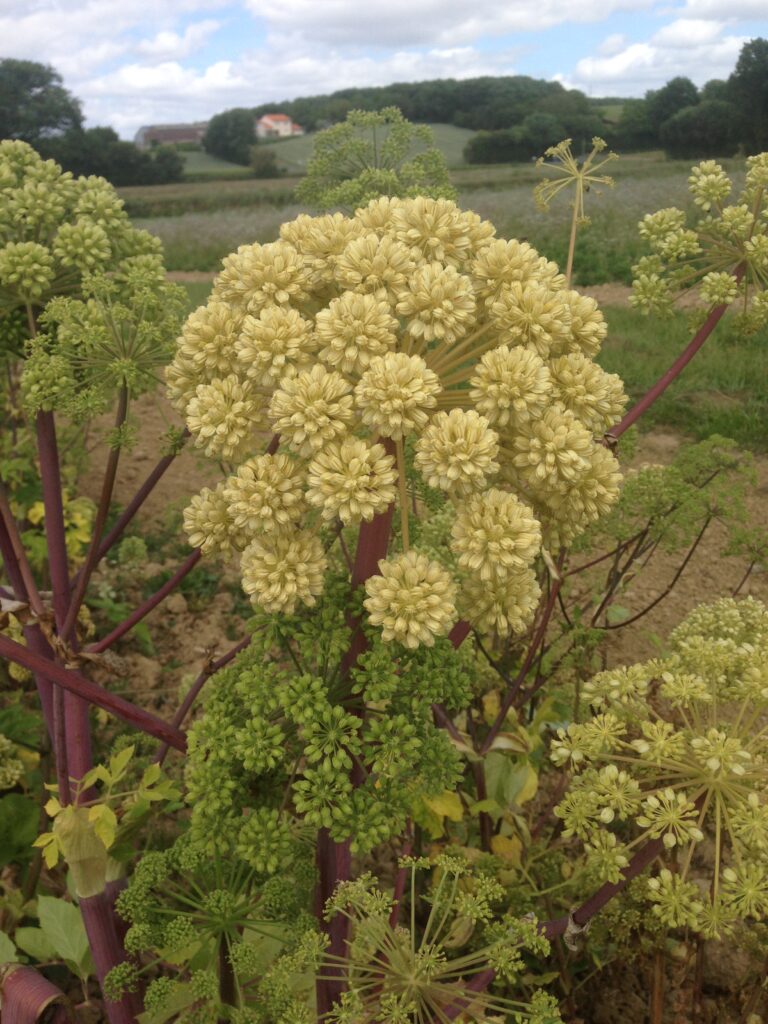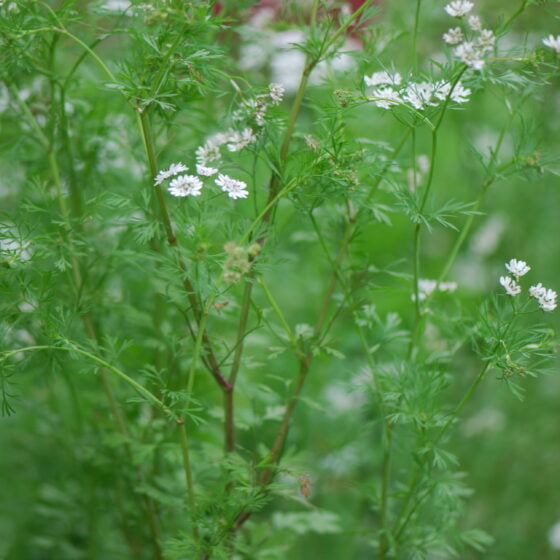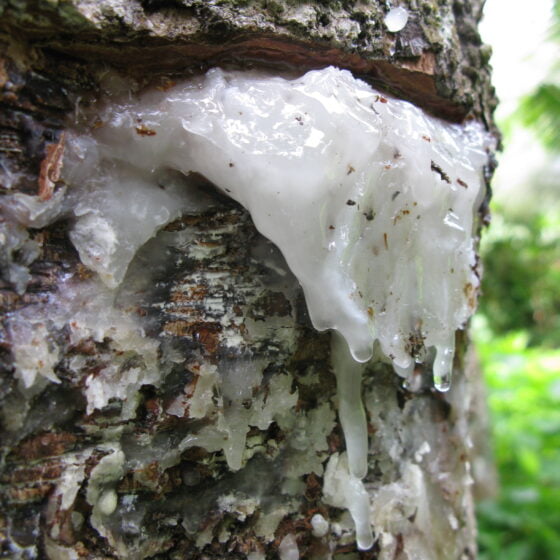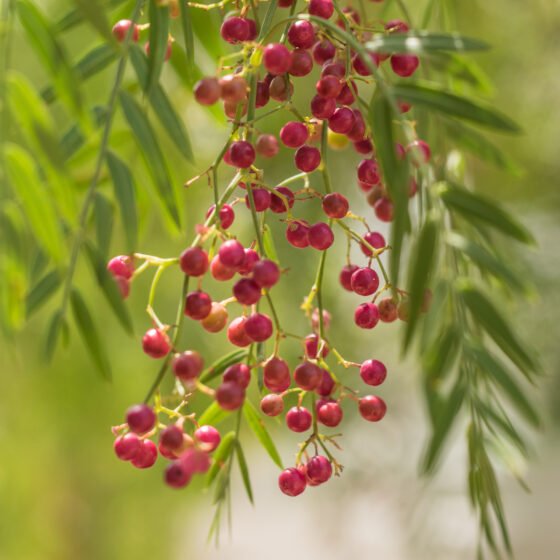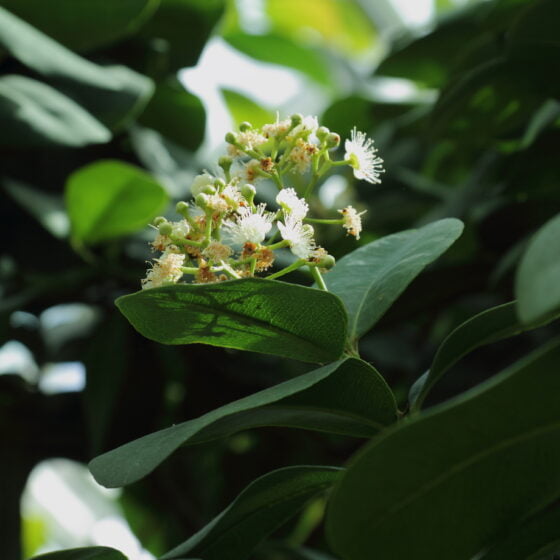
Angelica roots Belgium
Angelica archangelica
General data
Harvest Calendar
- J
- F
- M
- A
- M
- J
- J
- A
- S
- O
- N
- D
Product details Our added value
We have been collaborating with our partner farmer-processor for more than 10 years. Our teams regularly visit the site to share and exchange on agronomic issues and maintain this important relationship of trust.
Fragrance side
Angelica root essential oil blends perfectly into green accords, giving them a fresh, natural character. Its musky, terpene, and spicy facets are reminiscent of galbanum and are an excellent addition to floral heart notes or woody bottom notes.
About
Angelica is native to northern Europe, growing wild in damp and mountainous regions and cultivated in European gardens since the Middle Ages.
Angelica is an aromatic, herbaceous plant that grows more than two meters high. It is ephemeral, blooming only once before dying. Its large, hollow stems are fluted, reddish, and bear large, bipinnate, serrated leaves. The inflorescences are composed of a dozen yellow-green flowers arranged in broad umbels. They bloom in July to then give way to long, flat fruits. The entire plant is aromatic and has a characteristic odor that is pleasant and penetrating.
Angelica is grown as two different crops: one for harvesting the roots, the other for gathering the seeds. Angelica seeds are harvested like those of dill. When the fruits turn brown, the stems bearing the umbels are cut and then dried in the open air. The harvesting process is repeated several times as the seeds ripen. In the fall, the rhizomes of one-year-old plants are uprooted.
Our added value
We have been collaborating with our partner farmer-processor for more than 10 years. Our teams regularly visit the site to share and exchange on agronomic issues and maintain this important relationship of trust.
Fragrance side
Angelica root essential oil blends perfectly into green accords, giving them a fresh, natural character. Its musky, terpene, and spicy facets are reminiscent of galbanum and are an excellent addition to floral heart notes or woody bottom notes.
About
Angelica is native to northern Europe, growing wild in damp and mountainous regions and cultivated in European gardens since the Middle Ages.
Angelica is an aromatic, herbaceous plant that grows more than two meters high. It is ephemeral, blooming only once before dying. Its large, hollow stems are fluted, reddish, and bear large, bipinnate, serrated leaves. The inflorescences are composed of a dozen yellow-green flowers arranged in broad umbels. They bloom in July to then give way to long, flat fruits. The entire plant is aromatic and has a characteristic odor that is pleasant and penetrating.
Angelica is grown as two different crops: one for harvesting the roots, the other for gathering the seeds. Angelica seeds are harvested like those of dill. When the fruits turn brown, the stems bearing the umbels are cut and then dried in the open air. The harvesting process is repeated several times as the seeds ripen. In the fall, the rhizomes of one-year-old plants are uprooted.
Other type of extracts
(Spicy)
